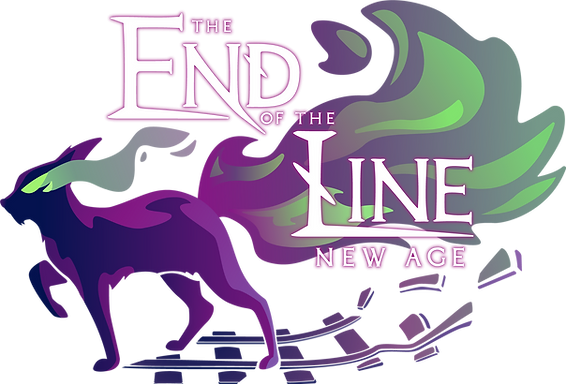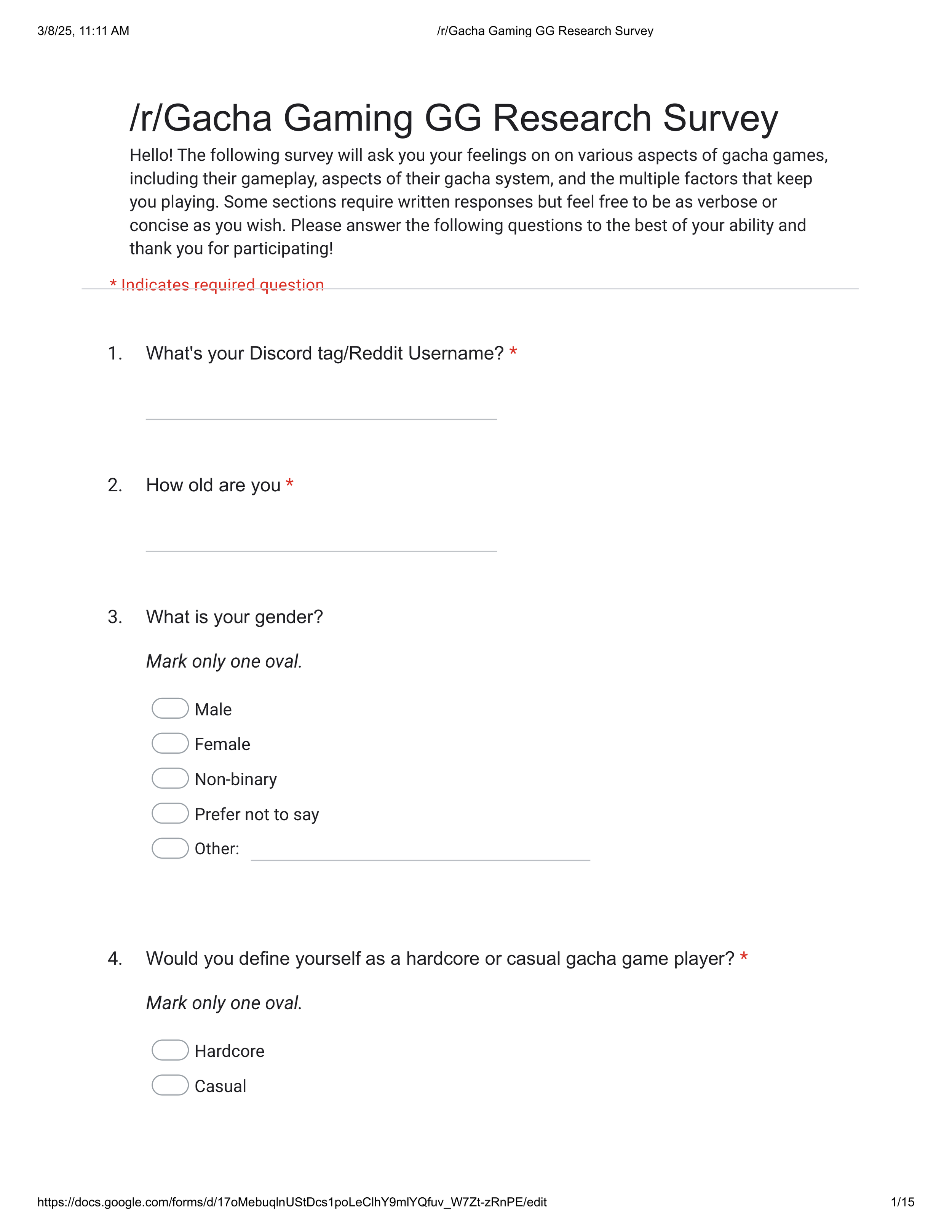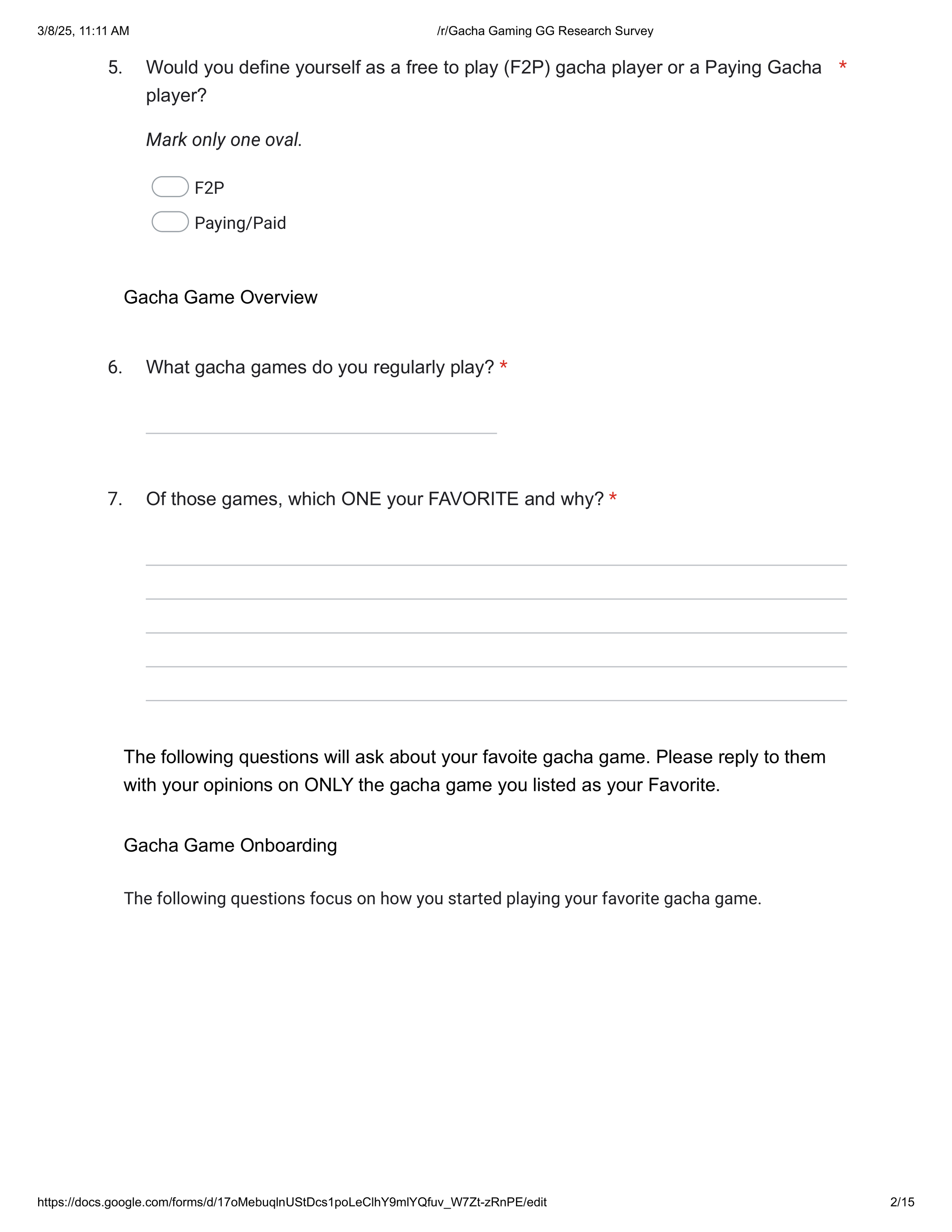
The End of the Line - New Age
An upcoming Indie gacha game about surviving in a post - post apocalypse where the last hope for humanity’s survival rests on a single train.
Project Background
The End of the Line: New Age started as a student Advanced Games Project (AGP) program at the University of Southern California. Our project lead secured funding for the game and created an indie company to turn our student Visual Novel demo into an Indie Gacha game.
My Contributions
I joined as the team’s Product Researcher and was responsible for researching systems and features present in other Gacha Games.
By the end of the project I had:
Conducted heuristic analysis on 4 Gacha Games
Presented my findings on multiple games to the core team
Created & distributed an extensive prospective user survey
Presented the results of the above survey to the core team
My Impact & What I learned
This job helped me realize a lot of my initial research and communication weaknesses in a safe space, allowing me to learn and improve over the course of the project.
I also learned the mistake of surveying too broadly, which directly influenced my survey writing for Glowing Garden and the research methods used for Miacademy.
My Impact:
My work helped guide our games design in pre-production.
What I learned:
How to distribute a survey to a specific online demographic
How survey length can negatively impact reported data
The importance of brevity when delivering research results
The importance of presentations over documents
All of the above skills were later used during my work on Glowing Garden and at my internship at Miacademy
Samples of my work conducted on this project, along with links to full documents are included in the following sections
Prospective User Survey
A pre-production study of prospective user’s expectations and wants
I was tasked with surveying our prospective player base to discover what typical Gacha Game players wanted most out of a new gacha game.
I worked alongside the project lead to design a survey with 3 main goals:
Discover how players found their primary gacha game
Determine correlations between player retention and notable system mechanics
Discover praise and friction between players and their main gacha’s core gameplay loop
We also had a few side research objectives, which included:
Noting market standards for seasonal & limited time events
Discovering common monetization and gacha system implementation across the genre
Locating key drivers for gacha system engagement
Finding common praise and pain points players had about the above elements
My Impact:
The survey resulted in 90 total participants and several paragraphs of free response feedback. Responses answered the first and third research goals, but we failed to draw conclusions for the second due to the scale and variety of answers and replies.
Our secondary research objectives had more actionable data, as participant replies provided valuable feedback and data for are summon system and player energy design.
Sections of this survey, along with a full PDF copy, are included in this section.
Prospective User Survey
Small sections of the survey I made for /r/gachagaming
Gacha Heuristic Analysis - Granblue Fantasy
Close Gacha Game system analysis
In tandem with the above survey, I conducted a Heuristic analysis of several gacha games. I played 5 total gacha games for 2 months and completed the following objectives:
Observed and recorded core systems, mechanical functionality, and common gacha game design patterns
Recorded delivery strategies for seasonal content and limited events
Measured and recorded early game progression and difficulty scaling
Logged item and premium currency reward rates and distribution patterns
Recorded common design patterns for summon systems and unit drop rates
Once completed I converted my findings into a presentation and delivered my results to the team.
Slides from a presentation I gave for Granblue Fantasy, along with a link to the slides are included here.




